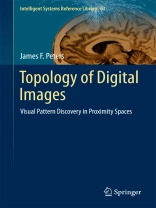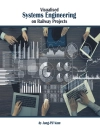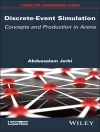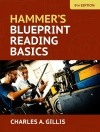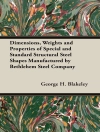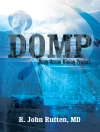This book carries forward recent work on visual patterns and structures in digital images and introduces a near set-based a topology of digital images. Visual patterns arise naturally in digital images viewed as sets of non-abstract points endowed with some form of proximity (nearness) relation. Proximity relations make it possible to construct uniform topologies on the sets of points that constitute a digital image. In keeping with an interest in gaining an understanding of digital images themselves as a rich source of patterns, this book introduces the basics of digital images from a computer vision perspective. In parallel with a computer vision perspective on digital images, this book also introduces the basics of proximity spaces. Not only the traditional view of spatial proximity relations but also the more recent descriptive proximity relations are considered. The beauty of the descriptive proximity approach is that it is possible to discover visual set patterns among sets that are non-overlapping and non-adjacent spatially. By combining the spatial proximity and descriptive proximity approaches, the search for salient visual patterns in digital images is enriched, deepened and broadened. A generous provision of Matlab and Mathematica scripts are used in this book to lay bare the fabric and essential features of digital images for those who are interested in finding visual patterns in images. The combination of computer vision techniques and topological methods lead to a deep understanding of images.
Innehållsförteckning
Preface.-
1 Topology of Digital Images: Basic Ingredients.-
2 Structures Arising from Sets of Pixels.-
3 Visualisations and Covers.-
4 Linear Filtering and Visual Patterns in Images.-
5 Edges, Lines, Ridges, and Nearness Structures.-
6 Corners and Symmetric Proximity.-
7 Separation of Image Regions and Set Patterns.-
8 Descriptive Raster Spaces.-
9 Component Analysis and Uniform Spaces.-
10 Shapes and Shape Set Patterns.-
11 Texture and Texture Set Patterns.-
12 Pattern-Based Picture Classification.-
13 Appendix: Matlab and Mathematica Scripts.-
14 Notes and Further Readings.
